Urban Delights Exploring The Contrasts Of Dubai
- by WandersWise
- 11 de January de 2025
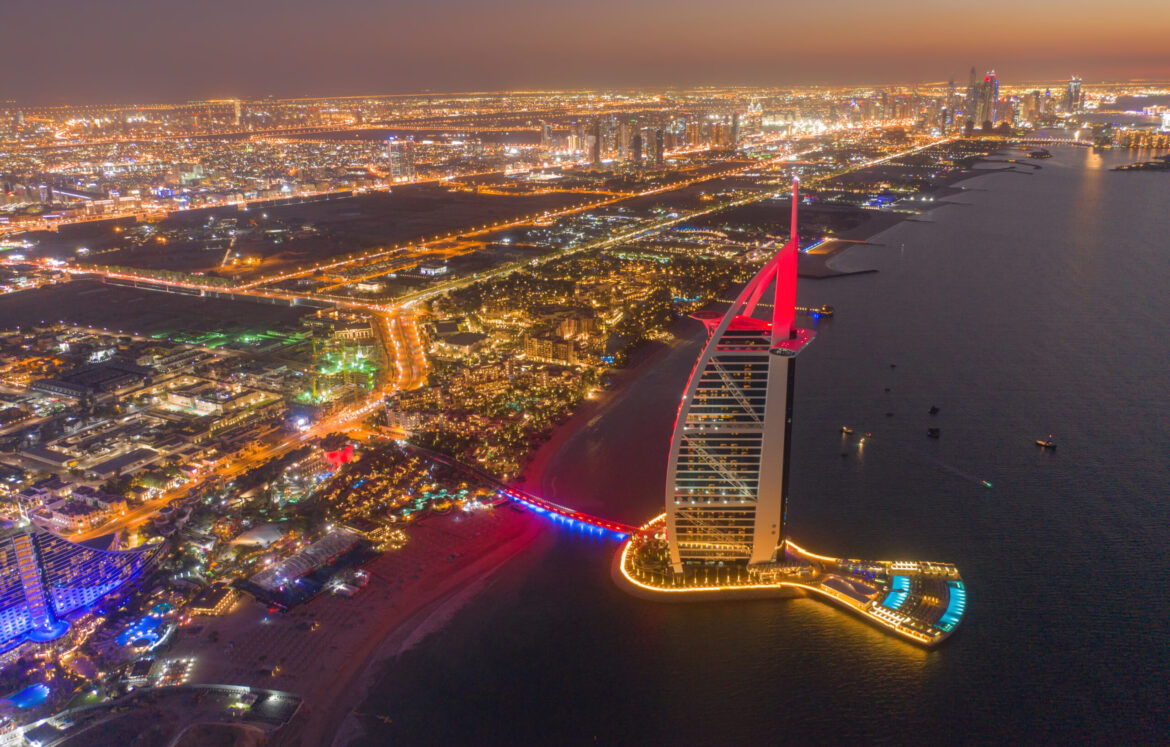
Dubai stands as a testament to human imagination—a city where architectural impossibilities become reality overnight and leisure pursuits reach unprecedented heights of luxury. Over a week exploring this dynamic emirate, I discovered that experiencing Dubai’s urban contrasts offers insights into one of the world’s most ambitious experiments in city-building.
Architectural Innovation Beyond Boundaries
The iconic Burj Khalifa punctures the sky at 828 meters, while nearby, the twisted infinity shape of the Museum of the Future gleams with Arabic calligraphy across its metallic surface. These structures don’t merely impress with scale but with conceptual audacity—buildings that seem to defy structural logic.
“We’re not just designing buildings here, but creating a new visual language,” explained Samir, an architect with one of Dubai’s leading firms.
This freedom from architectural orthodoxy appears throughout the city. The Cayan Tower rotates 90 degrees around a central core, creating a dramatic spiral effect. The Frame creates a literal picture window between old and new Dubai. Even traditional designs receive innovative treatment—the magnificent Jumeirah Mosque reinterprets classical Islamic architecture with contemporary engineering.
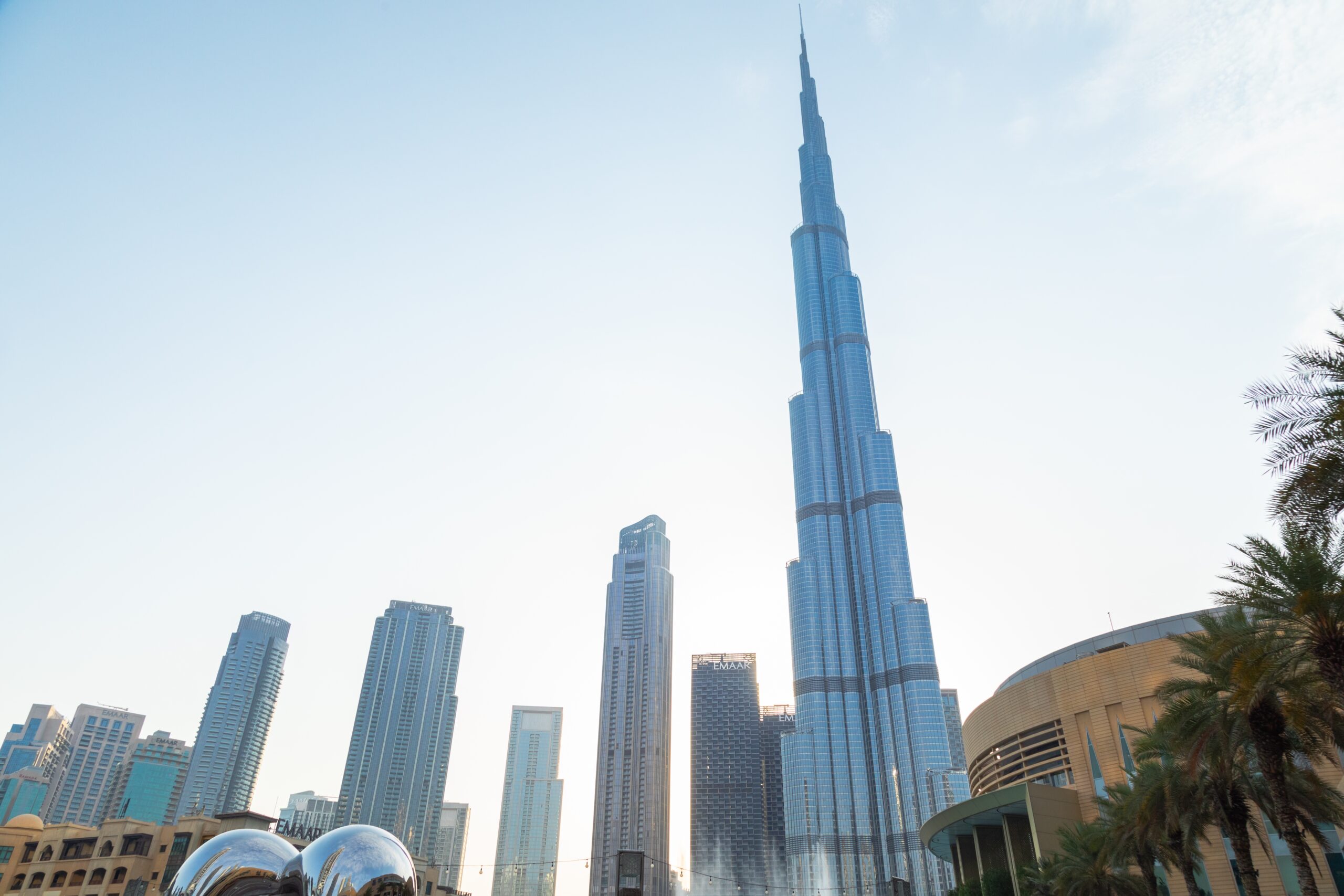
Engineering at a Grand Scale
Dubai’s ambitions extend beyond individual structures to entire landscapes. At Palm Jumeirah, I kayaked around the fronds of the world’s largest artificial island. Underground, the Dubai Mall’s aquarium holds 10 million liters of water behind the world’s largest acrylic panel.
The city’s water management infrastructure is equally impressive. Massive desalination plants transform seawater into potable supply for millions, while sophisticated irrigation systems sustain lush landscaping throughout the city—remarkable achievements in one of the world’s most arid environments.
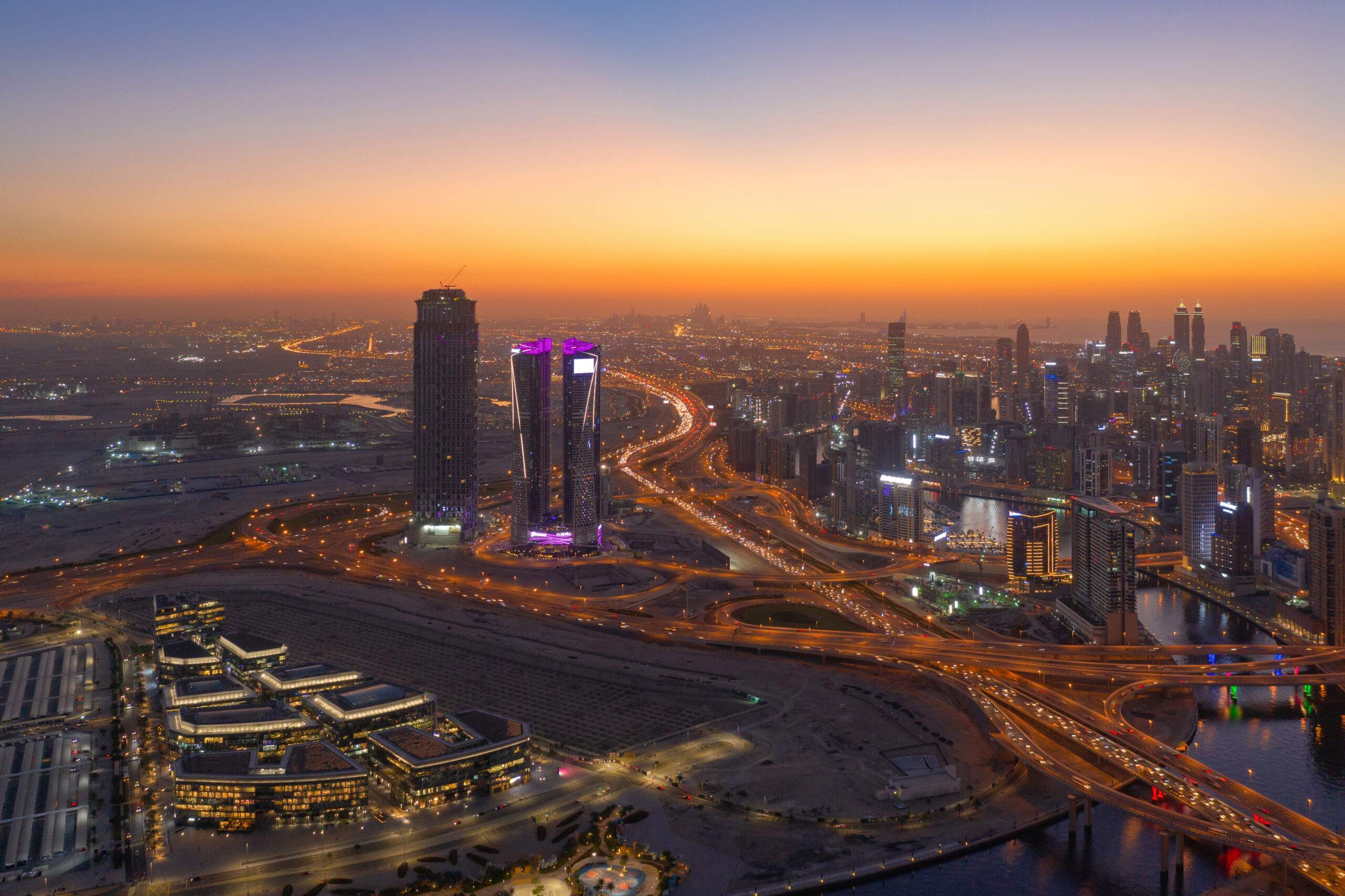
Leisure Reimagined
What distinguishes Dubai is its reinvention of leisure on an unprecedented scale. At Ski Dubai, I carved down alpine slopes in the morning before swimming in the warm Gulf waters that afternoon—a juxtaposition possible nowhere else on earth.
Even adrenaline experiences receive the Dubai treatment. At XLine, I ziplined between skyscrapers in the Marina district, racing along one of the world’s longest urban ziplines with the cityscape blurring around me.
“Dubai doesn’t just adopt leisure concepts from elsewhere—it amplifies them beyond recognition,” observed Nadia, a tourism developer. “Why build a simple aquarium when you can create an underwater zoo?”
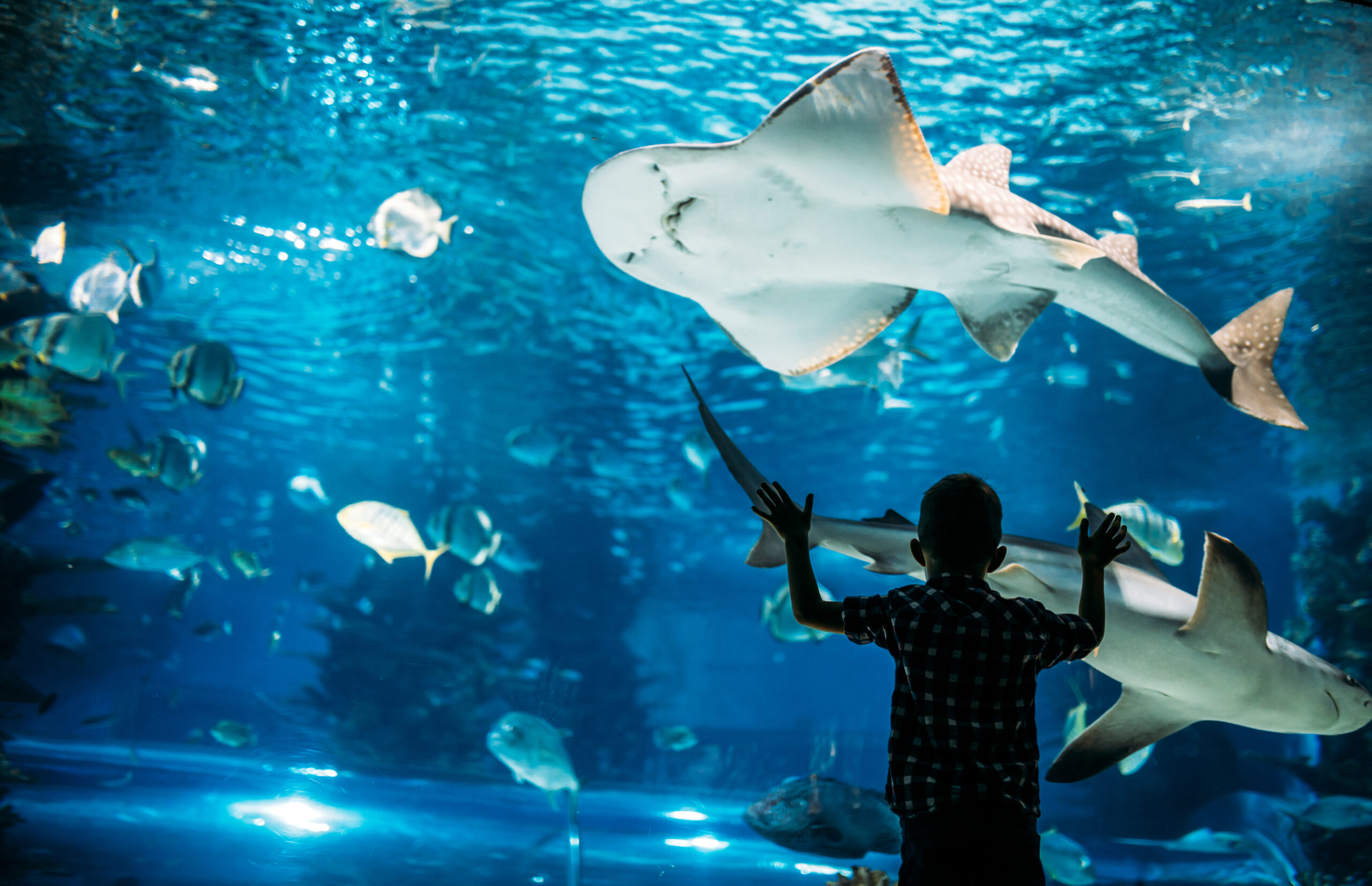
Culinary Contrasts
Dubai’s dining scene perfectly captures the city’s approach to urban experiences. At Atmosphere in Burj Khalifa, I dined 442 meters above ground, watching the city transform from day to night while enjoying reimagined Arabic cuisine.
Yet alongside theatrical dining experiences, Dubai maintains a vibrant street food scene reflecting its diverse population. In Karama and Satwa neighborhoods, I discovered Pakistani kebab stalls, Ethiopian restaurants, and Filipino eateries serving authentic dishes at modest prices.
The finest culinary moments often come from this cross-pollination between high concept and authentic tradition. At Tresind Studio, chef Himanshu Saini creates modernist tasting menus that deconstruct traditional Indian flavors using molecular gastronomy techniques, yet grounds each innovation in deep culinary heritage.

A City of Seamless Technology
What truly distinguishes Dubai’s urban experience is its integration of advanced technology into everyday city life. The Roads and Transport Authority’s smart applications allowed me to seamlessly transition between metro, tram, monorail, and water taxi with unified payment systems.
Public services operate with remarkable efficiency—government transactions that would require weeks elsewhere are completed in comfortable lounges with tablet-equipped service agents. Smart kiosks throughout the city provide services from visa extensions to bill payments without bureaucratic friction.
“What makes Dubai’s technology approach unique is how invisible it becomes,” noted tech entrepreneur Mahmoud. “The systems work so seamlessly you forget the complexity behind them.”
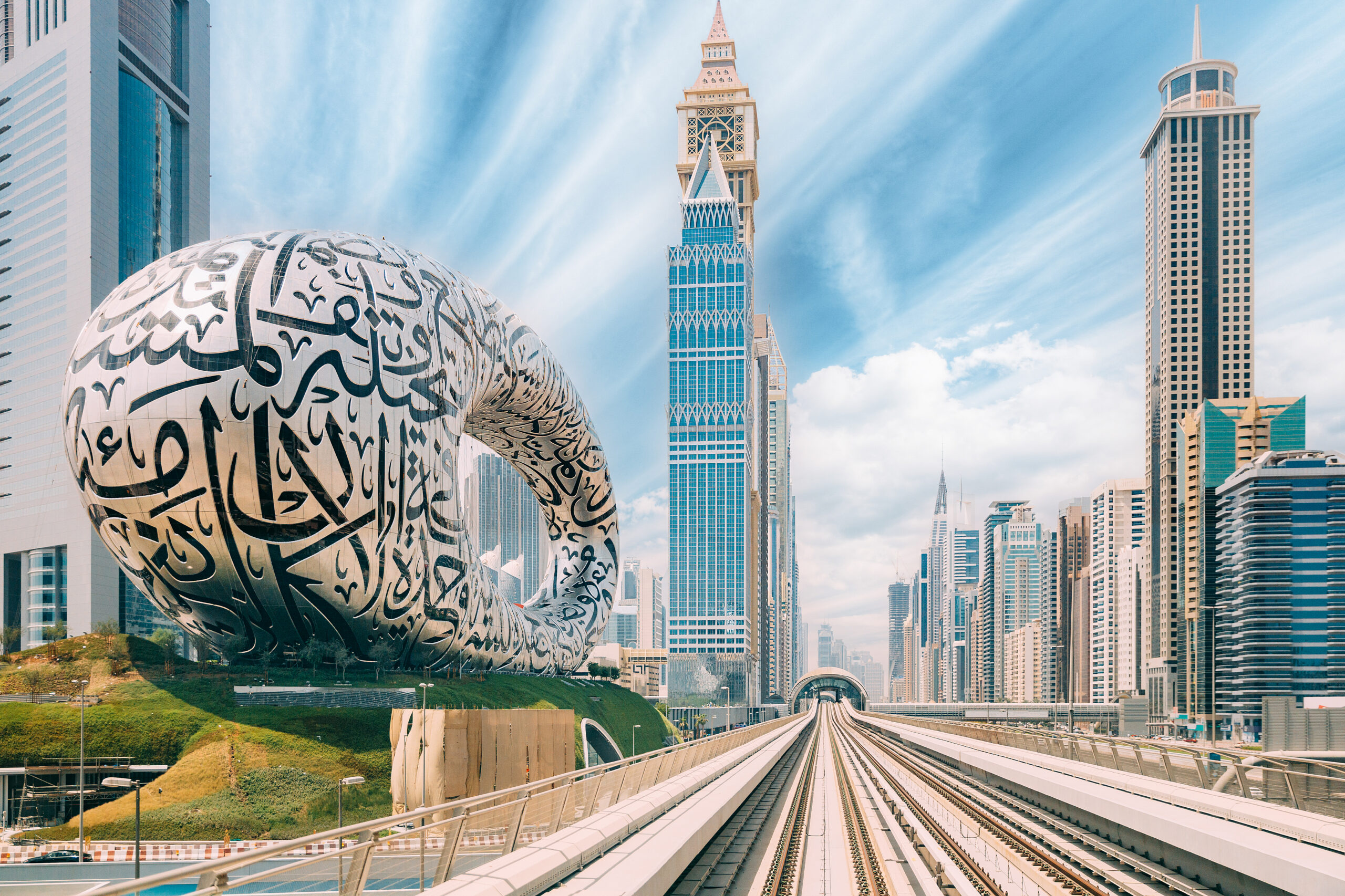
Diverse Communities in a Global City
Beyond architectural statements and leisure innovations, Dubai’s most intriguing quality emerges from the diverse communities that inhabit its gleaming frameworks. In a city where over 200 nationalities coexist, cultural exchange defines daily life.
At Alserkal Avenue, Dubai’s premier arts district, industrial warehouses have been transformed into world-class galleries showcasing both regional and international contemporary art. The district provides cultural programming that consciously bridges various communities, from South Asian film festivals to Arab literary events.
This cosmopolitan character extends everywhere. At Kite Beach, I joined a sunset yoga class where participants from at least fifteen countries moved through asanas while the muezzin’s call to prayer sounded from nearby mosques—another of Dubai’s seamless cultural integrations.
Urban Laboratory for the Future
Perhaps Dubai’s most significant quality is its role as a testing ground for urban concepts. At Dubai Design District, I toured sustainable building prototypes incorporating passive cooling technologies adapted from traditional Arabic architectural principles but executed with contemporary materials.
Transportation innovations similarly position Dubai as an urban futures laboratory. The Dubai Metro operates the world’s longest fully automated driverless train system, while the Road and Transport Authority tests autonomous vehicle technologies adapted for extreme climate conditions.
“What happens in Dubai rarely stays in Dubai,” observed urban planner Fatima. “Our successes and failures inform urban development globally. We implement ideas at a pace that allows the world to see results while other cities are still conducting studies.”
Final Reflections
On my final evening at Dubai Creek Harbour, construction cranes swung overhead building yet another district of soaring towers, while traditional abra boats carried workers across the water below. The juxtaposition perfectly captured Dubai’s essence—a city perpetually becoming, where the future rises before the present is fully established.
For travelers, Dubai offers more than attractions; it provides a glimpse into potential urban futures. The city invites us to consider not just what urban environments are, but what they might become when imagination, ambition, and resources align to create something entirely new.
Travel Tips:
- Strategic Timing: Visit major attractions during weekdays to avoid crowds. Pre-book essential experiences during high season (November-March).
- Transportation: The Nol card provides seamless access to metro, tram, buses, and water taxis. For areas not covered by public transport, the Careem app offers reliable rides.
- Climate Considerations: During summer months (May-September), focus on indoor attractions during daytime and outdoor experiences after sunset.
- Value Experiences: Many impressive urban features can be enjoyed without premium pricing—The Dubai Fountain shows, public beaches, Marina promenades, and architectural landmarks are free to experience.
- Beyond the Center: Venture to emerging districts like Al Quoz and Business Bay to experience less touristed urban developments and more authentic local life.








